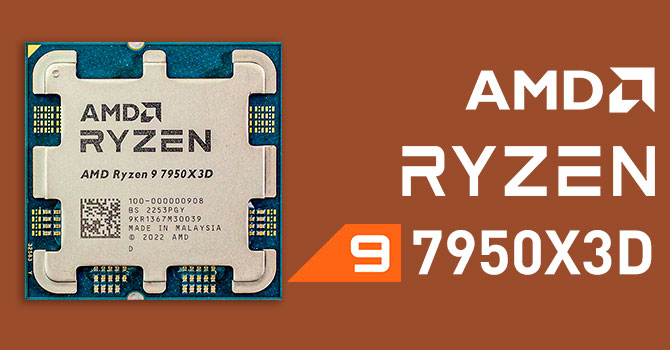Wolverine2349
Senior member
- Oct 9, 2022
- 525
- 179
- 86
I think only Intel is struggling. AMD is just keeping their cards close to their chest. They could've blown Intel off the x86 landscape with a much higher performing Zen 5 design but chose not to, just as they don't feel any pressure to increase desktop CPU threads above 32. Think about it. Can there really be any serious technical reason why we don't have a 9990X with Zen 5 fat CCD and Zen 5c 16-core CCD, for a total of 48 threads? Heck, OK so they don't want their TR sales getting impacted. How about they just disable some cores on the Zen5c CCD for a total of 40 threads?
Nothing anyone says is going to convince me that AMD can't do it.
Their 9950X ES is already eating 300W@Unlimited power. That should be more than enough for 40 threads and possibly even for 48 threads since the Zen5c CCD isn't going to eat power like the fat CCD.
If Pat weren't such a feeble old CEO, we would've seen a 40 core K or KS CPU from Intel by now because a CEO with enough testosterone would ABSOLUTELY DEMAND it!
Well I want a non-hybrid design homogenous design with ore than 8 cores on a single CCX-CCD/ring bus/tile/die. AMD does not have that even on Threadripper at least not with Big non C cores.
Is there anything stopping AMD from having Big Zen 5 cores more than 8 such as 12 cores on a single CCX within a single CCD?? That is more where I am looking at progress and what I really want to see.
I really want more than 8 cores on a single CCX within a single CCD form AMD or from Intel more than 8 core son a single ring bus or single tile. And that is of a homogenous design and not Big.Little with 2 different cores types.
I know AMD does not want to cannibalize Threadripper sales, but even their Threadripper with tons of cores, but still maxes at 8 cores per CCX within a CCD. They just have a bunch of CCDs in them with 8 cores per. Excellent productivity and server and VM hosting monsters, But for gaming and latency sensitive stuff, unneeded and even for the worse.
Does AMD even have ability to create more than 8 cores on a CCX within a single CCD? I mean if they do they could do that without wrecking Threadripper sales by just putting one 12 core CCX-CCD inside consumer grade and the Threadripper.
It does appear AMD does have more than 8 cores per CCX within CCD with Zen 5C and Zen 6C, but those are little gimped cache and clock speed e-cores not big cores.
I want more big cores per CCX within a CCD. I am fine if they stay with 16 maximum total big cores on desktop platform, but really want more within a CCX within a single CCD.
To me it almost feels as if AMD does not do it on purpose not because they are not ok with 16 cores per CCX within a CCD, but rather they want to sell 8 core CPUs and it seems there would be no reliable way to disable enough effective cores on 16 core CCX-CCDs to make 8 core parts while being costs effective.
Heck AMD since Zen 3 through Zen 5 and probably Zen 6 as well (though Zen 6 remains to be seen) has had only 8 core CCXs within a single CCD. And they have either had fully working ones with 8 cores or 2 disabled cores which make 6 core ones. Nothing in between like more disabled cores on the 8 core CCX-CCDs. They even shove those parts in Threadriper (just a bunch ore for so many more cores) all same stepping probably because its cheapest to not have more die designs. They just limit desktop to 2 CCDs while being to stuff a whole bunch of 8 core CCDs in the bigger Threadripper CPUs.
AMD needs to stop being cheap and create more stepping's like Intel did with Comet Lake and Alder Lake (8+8 and 6+0 with Alder and 10 core die and 8 core die with Comet) and appears they are going to do with Arrow Lake and Bartlett Lake. Then AMD could thus max out 16 cores on desktop while creating a single CCD with more than 8. But they won't because they are too cheap or have constraints form TSMC and their design???
Last edited:



